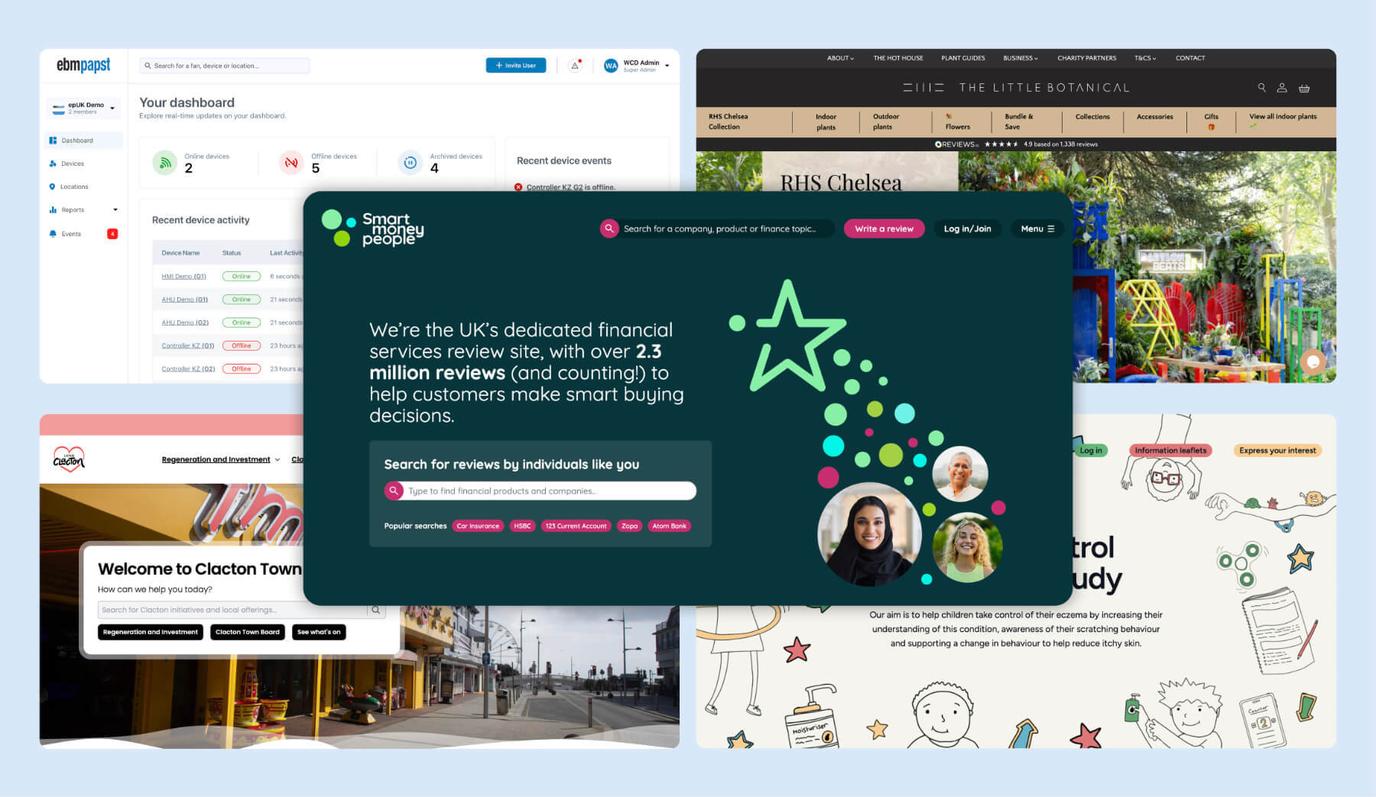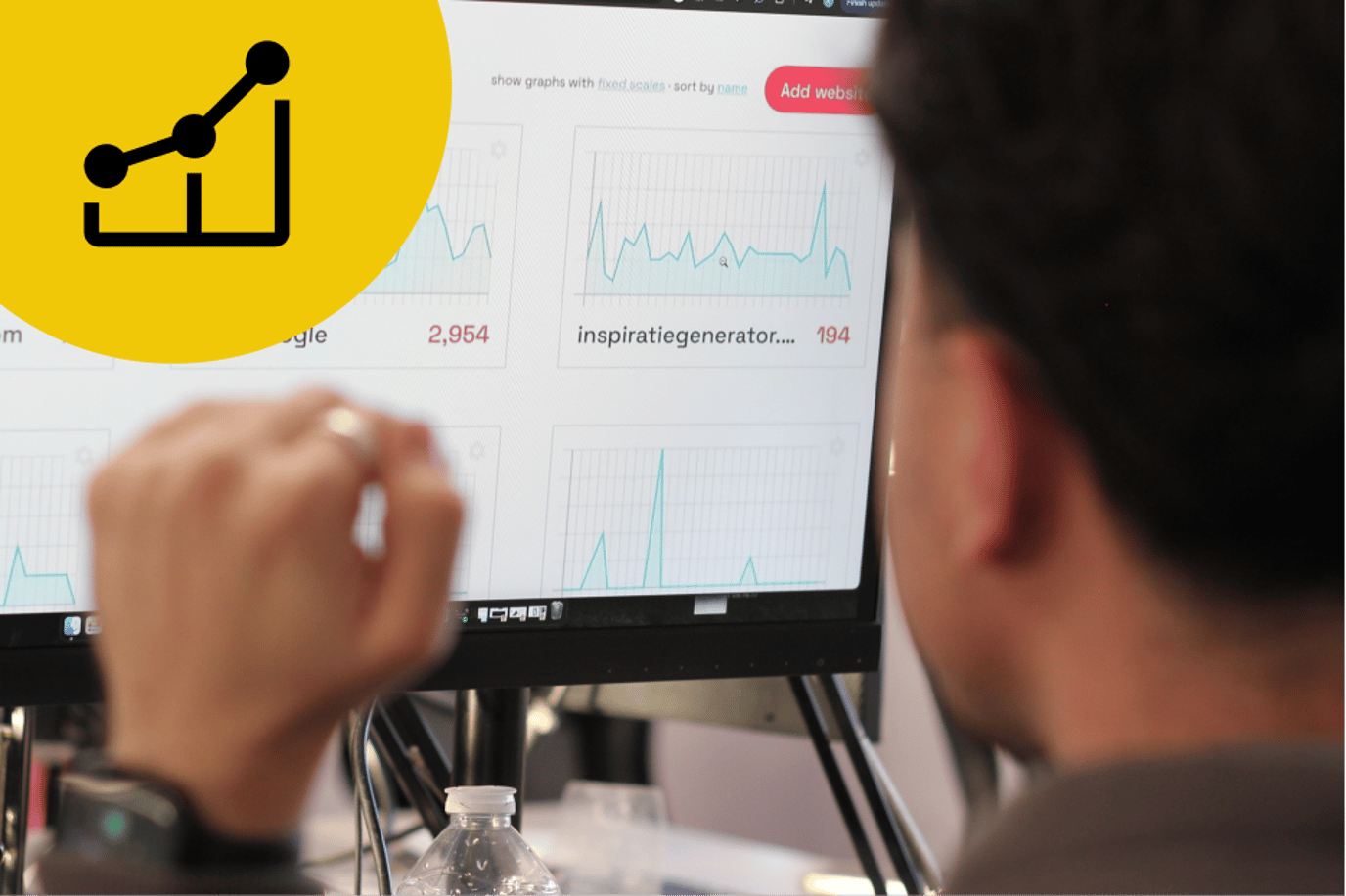Discover why static websites offer a faster, cheaper, & more sustainable alternative to dynamic builds. Learn when static is the right fit.

Most websites don’t need to be as complicated as they are. Static sites keep things simple, and that’s a good thing. They’re faster, cleaner, cheaper to run, and better for the planet. What’s not to like?
At We Create Digital, we’ve always preferred building things that do what they need to without wasting time, energy, or server resources. Static sites aren’t a throwback, they’re a smart response to the bloated mess the web often becomes.
Stop defaulting to dynamic
Just because you can make everything dynamic doesn’t mean you should. Most sites don’t need to build every page on the fly. Serving the same content again and again with heavy infrastructure is wasteful.
With a static setup, you get:
- Pages that are pre-built and served instantly
- Far less server load
- Global delivery through a CDN
- Fast load times that help UX and SEO
- Fewer security issues due to little or no public facing moving parts
It’s a leaner, simpler, and more scalable way to build.
Static doesn’t mean stuck
A lot of people assume static sites are hard to update. They’re not. With a headless CMS or custom setup, you still get full control of content and timing.
We usually pair static builds with:
- Contentful or headless WordPress for editing
- Custom Laravel admin panels for managing workflows
- Automatic deployment pipelines that push out updated HTML on every change
Editors still get all the tools they need, and users get a faster, cleaner experience.
Building with sustainability in mind
Green hosting is great, but real sustainability means cutting down energy use across the stack, from backend to browser.
We like to design sites with performance and efficiency baked in:
- Stripped-down front ends
- Purged CSS
- Deferred scripts
- Lazy loading everywhere
We also use our own audit tool to track page-level carbon impact. It helps us make sure your site runs fast and clean.
Is static a good fit?
It’s not right for every project, but having a static website fits more use cases than people think. If your content is structured, your audience is global, and speed or uptime matters, static is worth looking at.
It’s especially useful for:
- Public sector
- Education and research
- Sustainability-focused platforms
- High-traffic content sites
If accessibility, performance, and trust are priorities, it’s a strong option.
Final thoughts
Going static isn’t going backwards. It’s about being deliberate, building smarter, and delivering better.
You get faster sites, lower costs, better reliability, and a smaller footprint.
Thinking about it? Let’s chat and see if static makes sense for your next project.





